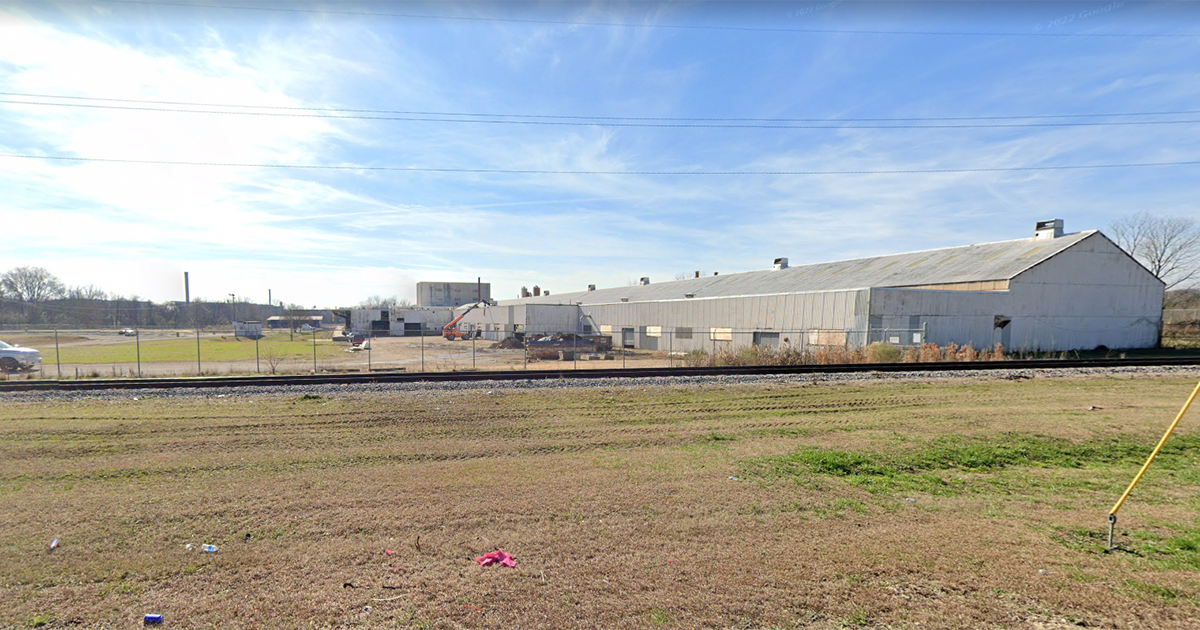Background
What and where is this facility?
HarbisonWalker International, Inc.-Fairfield’s (“HWI”) is a refractory production plant located in Fairfield, Alabama. It will produce magnesite-carbon brick products for use in electric arc furnaces (used to make steel) and ladles.
What is the type of application?
HarbisonWalker has applied for a true minor source of emissions. That means that it will emits, or will have the potential to emit, smaller amounts of New Source Review (NSR) pollutants than required to qualify as a major source.
What are the demographics of this area?
The demographics of the area are 92% people of color. 37% of the population in this area are low income, 9% of whom are unemployed. The Jefferson County Department of Health (JCDH) identified the community surrounding this facility as an “Above average risk of environmental justice concerns.”
What are the pollutants coming out of this facility?
Particulate Matter 9.86 µg/m³ (micrograms per cubic meter)
Particulate matter is a term used to describe microscopic particles that are suspended in the air. These can be made up of dust, soot, dirt, smoke, or small drops of liquid. These can be potentially harmful when inhaled.
What are the health effects of those pollutants?
Exposure to particulate matter can cause a variety of health issues to arise or worsen. Exposure can affect both the lungs and heart causing heart attacks, irregular heartbeat, decreased lung function and asthma. Vulnerable populations such as children, the elderly, and people already living with heart or lung disease are more likely to be affected by particulate matter exposure.
What parts of the facility give off these pollutants?
The operations in the Harbison Walker facility that will emit pollutants are those that involve handling raw materials, crushing and storing raw materials, mixing operations, drying operations, and crushing scrap materials (such as resins, aluminum metal powder, granular aluminum/magnesium mixture, graphite, and carbon black) for reuse.
What was missing from the draft permit?
- Because of the level of pollution already existing in the Fairfield community, increased monitoring through fenceline monitoring for particulate matter should be installed and written as a requirement in the permit.
- The equipment that will not be in use in the new operation should still be included in the permit as decommissioned units.
- A provision should be included to provide for New Source Review consideration if a decommission unit if restarted. Adding this provision into the permit would proactively address any pollution concerns. The provision would provide that restarting the decommission units in conjunction with all other applicable emissions, would not cause or contribute to air pollution beyond the applicable allowance increase of the baseline concentration in any area.
What wasn’t properly addressed in the Draft Permit?
JCDH mischaracterizes its necessary environmental justice analysis. Because JCDH identified the Fairfield community as an “above average risk for environmental justice concerns”, attention should be placed on the environmental and human health effects of permitting actions on minority and low-income areas. The Statement of Basis addresses that Harbison Walker is “an area source of air pollution” but fails to address the environmental justice concerns when adding another source of pollution to an area already faced with an overwhelming amount of pollution and pollution related illnesses. JCDH inaccurately names “water discharge, lead paint, and traffic proximity and volume,” as the environmental justice indicators of highest concern. Because of this mischaracterization, JCDH must revise its environmental justice analysis and address PM2.5 exposure, cancer risk, respiratory illness risk as environmental justice areas of high concern. One way in which JCDH can address these concerns is by creating a permit proviso requiring fenceline monitoring for PM for at least a year.
What other concerns did GASP raise in the permit?
The fugitive dust provision is not specific enough. The permit terms need to specify the emissions limitations and standards. Currently, the provision does not have the specificity necessary to make the Fugitive Dust provision enforceable. It must include the frequency, quantity, and duration of dust suppression techniques in order to make the provision enforceable.
Download GASP’s 2022 Permit Comments



